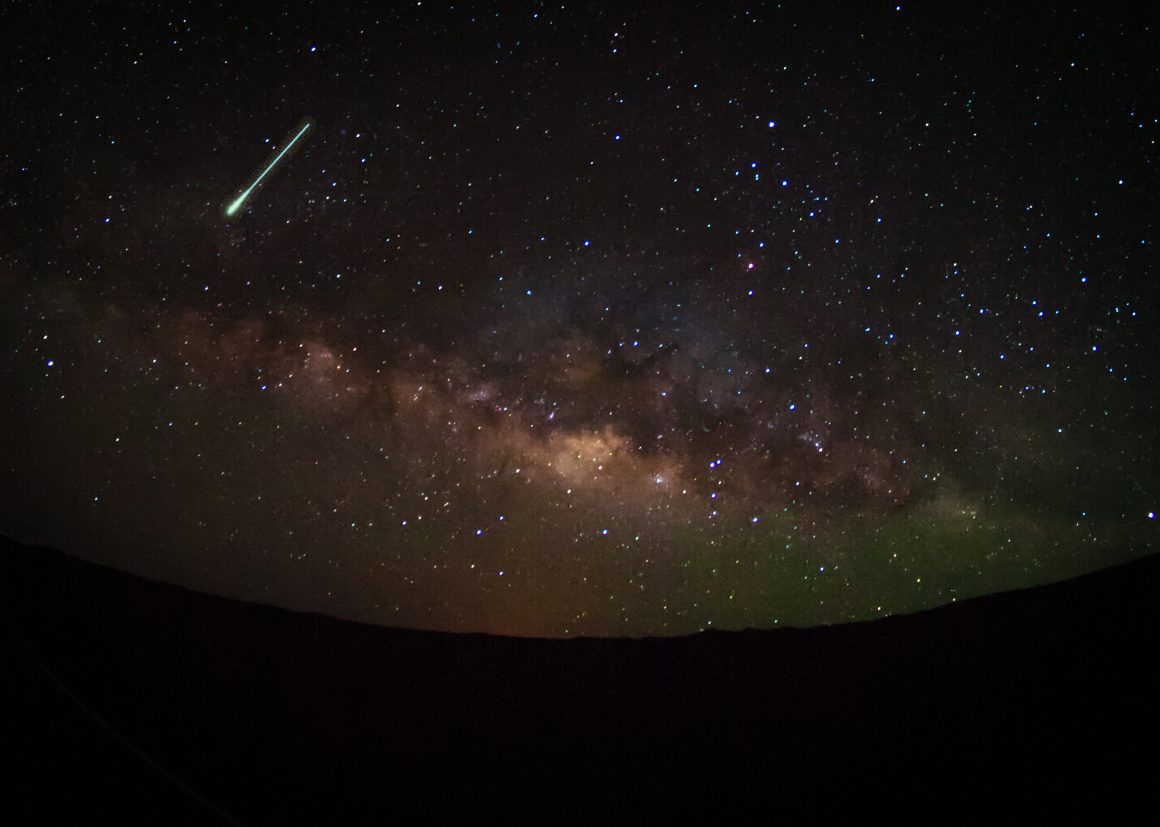
U of C research team uses footage submitted by public to track down fallen meteor
By Daniel Huss, October 11 2017 —
University of Calgary geoscience professor Alan Hildebrandt and his research team are closing in on the locations of a meteorite that fell over British Columbia in early September. After a call to the media earlier this fall for footage of the meteor seen across Alberta, Saskatchewan and B.C., Hildebrandt and his research team are utilizing the submitted footage to help them track down the crash sites.
“The response was terrific. Several individuals with very nice videos contacted us,” Hildebrandt said. “We have subsequently gone out and collected the video and calibrated the sites. It’s really been a big help.”
Hildebrandt said he is confident in their chances of tracking the meteorite down.
“Frankly, I think it’s highly likely,” Hildebrandt said. “It’s a matter of when.”
So far, the team has determined that the largest chunk of the meteorite fell into Kootenay Lake. They are now looking to track down smaller pieces that broke off, falling to the areas around the lake.
“We’re not searching on the ground now. Once we know the trajectory [of the smaller pieces], we can say the stuff will have fallen here and that’s where we start looking,” Hildebrandt said.
While there may be more video footage capturing the falling meteors, the team had to overcome a time crunch to get enough critical data in order to track down the landing site.
“We got some nice videos from a sawmill off their stacks of sawn lumber, but those stacks have since moved,” Hildebrandt said. “Some places that had records have already overwritten them. We missed them because we didn’t get them quick enough. That’s the other transitory nature of the data.”
The team is working with a “shadow video” from a vacation home that caught the flash from the meteor passing overhead. Shadows cast from the roof make it possible to calculate the speed and direction of the meteor.
Lincoln Hanton, a research assistant to Hildebrandt, has been engaging in fieldwork in order to turn the shadow video into usable data.
“We’ll go out to the camera location and lay a grid or something like that so we can actually measure different landmarks we see in the videos themselves,” Hanton said.
“[We use the measurements] to calculate the azimuth of the shadow, the azimuth of, for example, the roof, or the height of the roof that’s projecting the shadow on the floor,” Fabio Ciceri, a member of the research team and masters candidate from the University of Milan added.
With those measurements, the team can calculate the meteor’s pre-fall orbit and track down the landing site.
The researchers added that finding a sample of the meteorite means understanding more about our solar system. Fildebrandt added that finding a meteorite is a rare opportunity that’s only been achieved a couple dozen times.
“Meteorites themselves are all valuable,” he said. “You know, they are rocks that are older than our planet is, so they tell us things about the origin of our solar system.”
